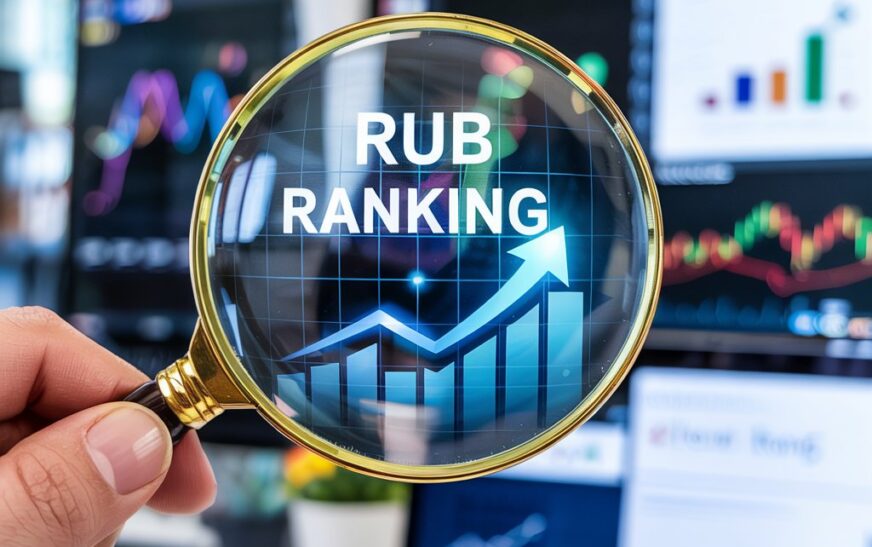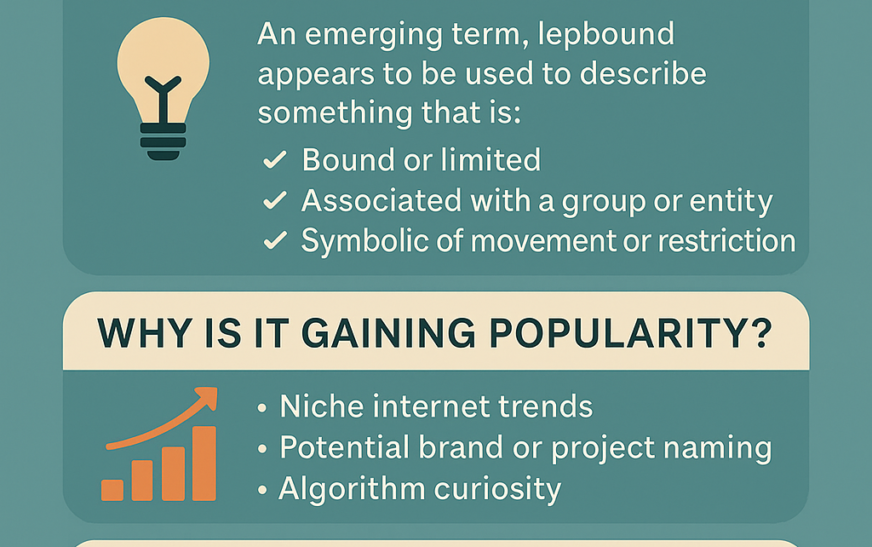When we discuss SEO success, terms like “keyword difficulty,” “domain authority,” or “click-through rate” dominate the conversation. But there’s a lesser-known concept gaining traction in the SEO world: rub ranking. If you don’t know about it yet, you might be missing an important metric. This metric can change how you plan your content and improve your search rankings.
In this article, we will explain what rub ranking is. We will also discuss how it affects your SEO performance. Finally, we will show why it should be in your optimization toolbox.
What Is Rub Ranking?
Rub ranking is a new SEO idea. It looks at how well your content matches what users want. This goes beyond just matching keywords.
Rub ranking goes beyond checking your rank for one keyword. It examines how well your content fits the intent of related search queries. Think of it as the glue that connects latent search needs to the core topic of your content.
While it is not a standard metric tracked by popular SEO tools, experts are talking about it more. They see it as a way to prepare content strategies for AI-powered search experiences.
As search engines become more intelligent—thanks to AI and machine learning—they are no longer just looking for keywords. Google’s algorithms now assess how thoroughly and meaningfully a piece of content satisfies a user’s needs. Enter rub ranking.
Here’s why rub ranking matters:
- Google‘s Helpful Content Update focuses on improving rankings for content that demonstrates Experience, Expertise, Authoritativeness, and Trustworthiness (E-E-A-T). This means that content showing these qualities will rank higher in search results.
- Search Generative Experience (SGE): As Google uses more AI for answers, your content needs to do more than match keywords. It must also fit the user’s intent to be featured.
- Semantic Search Evolution: Rub ranking takes a content-centric approach, rewarding in-depth, well-contextualized material.
How to Improve Your Rub Ranking
Here are actionable ways to naturally boost your rub ranking and align your content with next-gen SEO standards:
1. Focus on User Intent, Not Just Keywords
Before writing, ask: What is the user genuinely trying to achieve with this query?
For example, if someone searches “best protein powders for women,” don’t just list products—address fitness goals, dietary needs, and hormonal considerations. That’s the kind of content that rubs well with the user’s deeper needs.
2. Integrate Natural Language & Contextual Phrases
Rub ranking favors content that feels conversational and rich in natural language. Use semantic keywords and contextual phrases to support the main topic. For example, rather than repeating your main keyword, incorporate related questions, modifiers, and variations.
3. Add First-Hand Experience (Boosting E-E-A-T)
One of the easiest ways to elevate rub ranking is by showcasing real-world experience. Share case studies, testimonials, or personal insights. If you’re reviewing a tool or platform, include screenshots, step-by-step guides, or original opinions.
Search engines recognize and reward genuine content.
4. Structure Content for AEO (Answer Engine Optimization)
With the rise of AI-generated snippets and voice search, Answer Engine Optimization is key. Here’s how to structure content accordingly:
- Use H2s and H3s with common questions (“What is…”, “How to…”)
- Include concise answers near the top
- Use bulleted lists, FAQs, and structured data
Rub ranking improves when your content becomes the answer for nuanced, long-tail queries.
Signs Your Content Has High Rub Ranking
Still unsure how to measure your content’s rub ranking? While it’s not directly measurable (yet), here are some indirect signs:
- Your content ranks for multiple long-tail keywords you didn’t target
- It appears in People Also Ask boxes
- You’re featured in Google’s AI-generated answers
- Dwell time on your page is high, and bounce rate is low
These indicators suggest your content isn’t just keyword-aligned—it’s intelligently aligned.
The Future of SEO: Rub Ranking and Beyond
As AI continues to evolve the search landscape, rub ranking may become one of the most important signals of relevance. Content creators, SEOs, and brands who lean into this approach now will be better positioned for long-term success.
By creating helpful, intent-driven, experience-rich content that serves users—not just algorithms—you’ll naturally improve your rub ranking and future-proof your presence online.
Final Thoughts
SEO is no longer just a technical game—it’s a human one. With rub ranking, the focus shifts to relevance, depth, and resonance. If you’re ready to boost visibility in AI-powered search and rank higher in both traditional and conversational results, it’s time to start optimizing not just for keywords—but for real intent.
❓ Frequently Asked Questions (FAQs)
🔹 What does “rub ranking” mean in SEO?
Rub ranking is an emerging SEO concept that refers to how closely your content aligns with the user’s true search intent. It’s about semantic relevance—how well your content “rubs up against” the underlying needs behind a search query, beyond just matching keywords.
🔹 Is rub ranking an official Google metric?
No, rub ranking is not an official metric used by Google or shown in tools like Google Search Console or Ahrefs. However, it reflects how well your content meets user expectations, which Google’s algorithm increasingly prioritizes.
🔹 How can I improve my content’s rub ranking?
To improve rub ranking:
- Focus on user intent, not just keywords
- Use natural language and semantically related terms
- Showcase first-hand experience to support E-E-A-T
- Structure content with clear headings, FAQs, and concise answers
🔹 Does rub ranking affect AI-generated search results?
Yes. Rub ranking plays a role in how your content is interpreted by AI-powered search models, like Google’s SGE. If your content clearly answers multi-layered queries and demonstrates expertise, it’s more likely to be featured in AI-generated summaries.
🔹 Can rub ranking help my content appear in “People Also Ask” boxes?
Absolutely. Content with high rub ranking tends to answer related or follow-up questions, which increases its chances of being featured in the People Also Ask (PAA) section. Use a Q&A format and structure your subheadings around common search questions.










